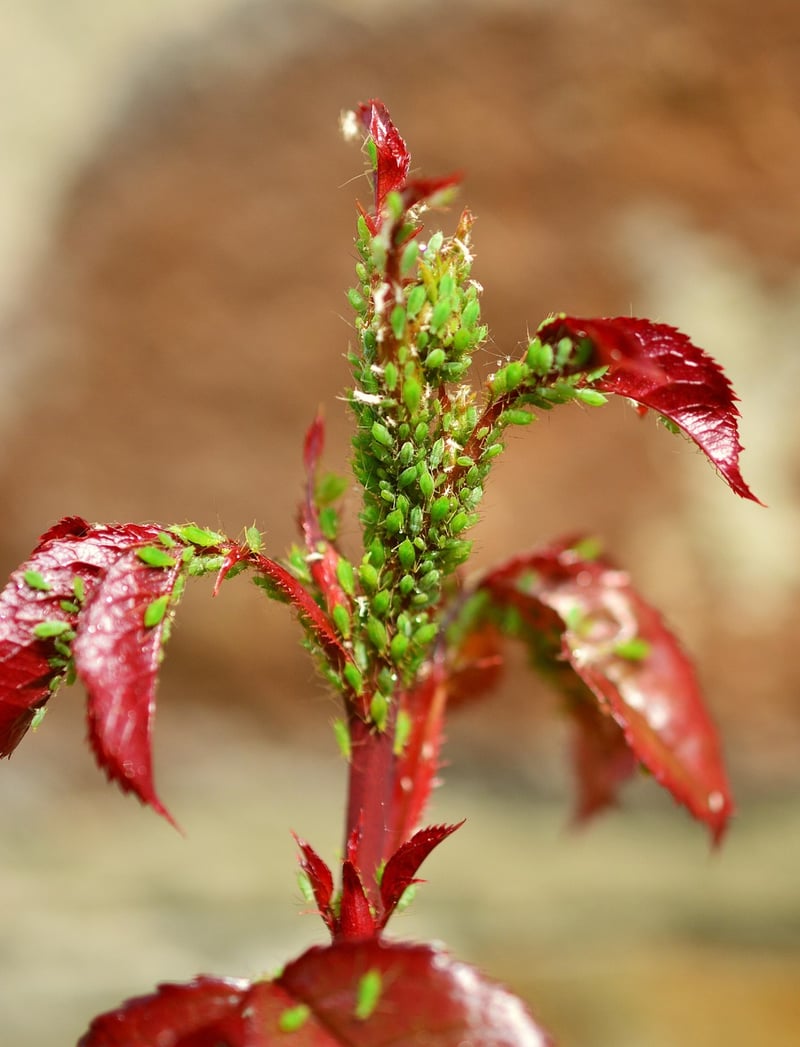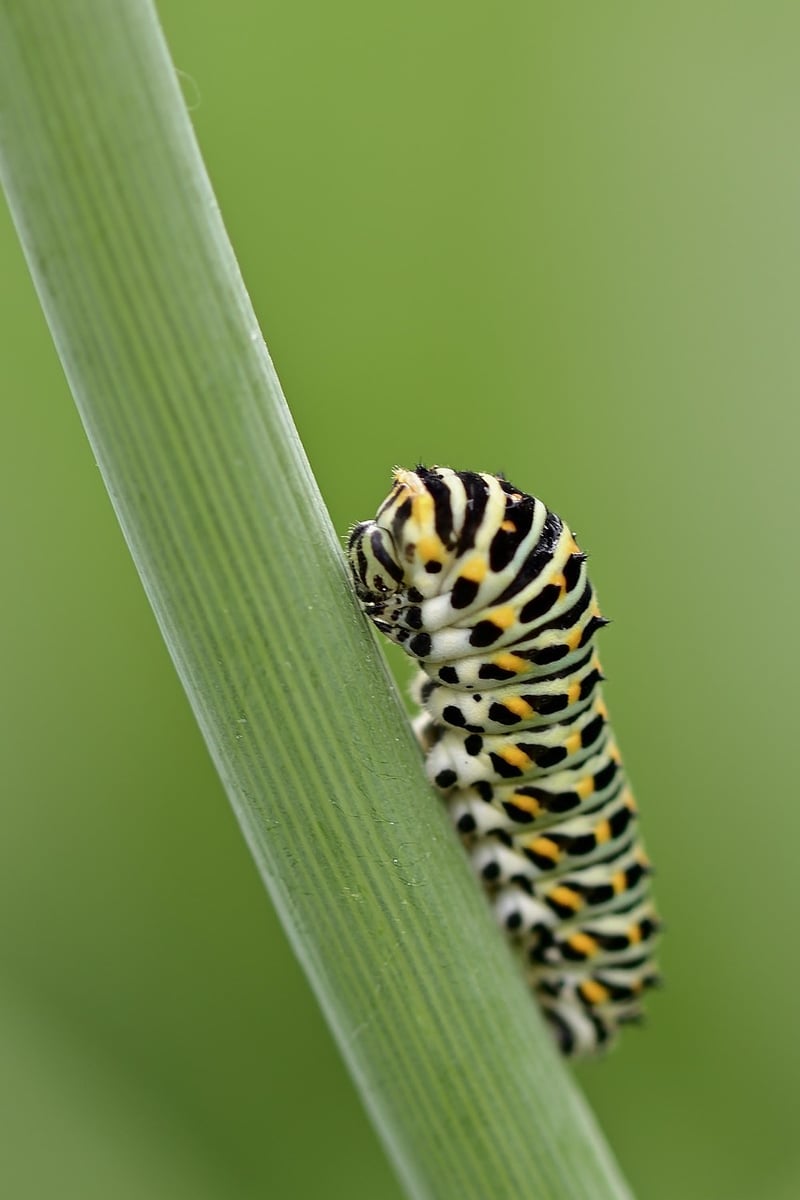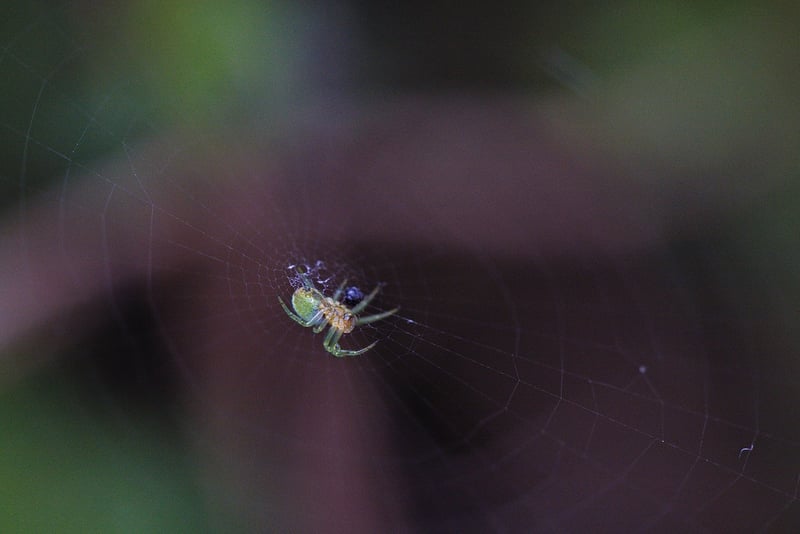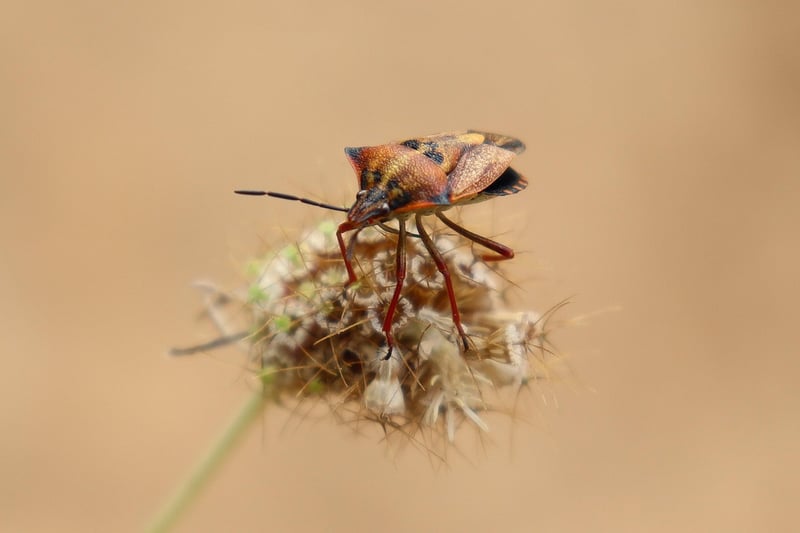Identifying Bugs
Managing Garden Invaders: Identifying Bugs
Introduction
Welcome to our guide on managing garden invaders by identifying common bugs that can wreak havoc on your plants. By learning to recognize these pests, you can take proactive measures to protect your garden and promote a healthy environment for your greenery.
Common Garden Pests
Here are some of the most common bugs that can be found in gardens:
- Aphids: These small insects feed on plant sap and can quickly multiply, causing damage to leaves and stems.
- Whiteflies: Whiteflies are tiny, moth-like insects that feed on plant juices, leaving behind a sticky residue known as honeydew.
- Caterpillars: The larval stage of butterflies and moths, caterpillars can munch through leaves and flowers, causing significant damage.
- Spider Mites: These minuscule pests are known for their webbing and can suck the juices out of plants, leading to wilting and discoloration.
Identifying Bugs
It's essential to be able to identify these pests to effectively manage them. Here are some tips on identifying common garden bugs:
- Check the undersides of leaves for clusters of tiny insects, which could indicate an aphid or whitefly infestation.
- Look for chewed or damaged leaves, which may be a sign of caterpillar presence.
- Inspect plants for fine webbing, particularly on the underside of leaves, which could point to spider mites.
Managing Garden Pests
Once you've identified the pests in your garden, there are several methods you can use to manage them:
- Handpicking: Remove pests like caterpillars by hand and drop them into a bucket of soapy water to drown them.
- Neem Oil: Use a neem oil spray to suffocate and repel common garden pests.
- Natural Predators: Encourage beneficial insects like ladybugs and lacewings, which feed on garden pests.
- Organic Sprays: Utilize organic sprays like insecticidal soap or garlic spray to control pest populations.
Conclusion
By familiarizing yourself with common garden pests and their identification, you can effectively manage these invaders and protect your plants from harm. Remember to regularly inspect your garden and take proactive measures to maintain a healthy and thriving garden environment.




